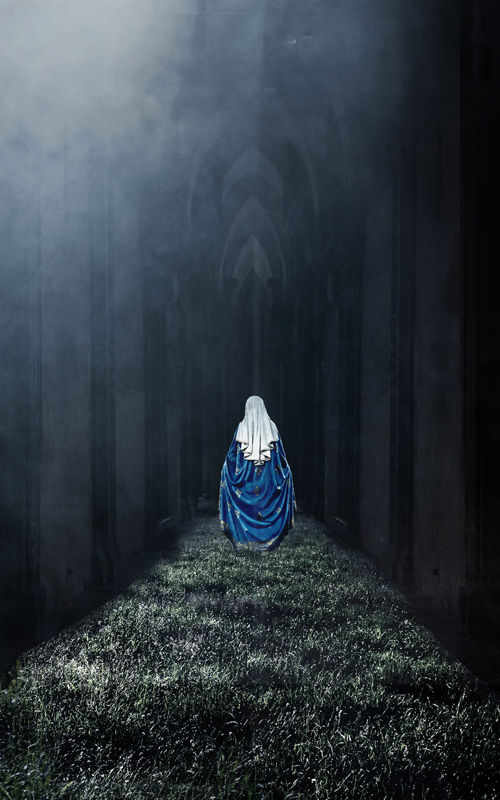Suor
Angelica
 Photo: Ingun White
Photo: Ingun White
Concert performance of Puccini’s opera
In as little as one hour, Puccini’s Suor Angelica shows us how music can evoke truly powerful emotions. The opera is about the strength of a mother’s love – and deep sorrow.
Every day without fail, the nun Angelica has pined for the son who was taken away from her. When her aunt comes to the convent to tell her that her little boy died several years ago, Angelica’s world collapses. We hear her sorrow in “Senza mamma”, one of the most beautiful arias that Puccini ever wrote for the soprano voice.
Suor Angelica – an opera with an exclusively female cast – is performed in concert form, with soloists, the Opera Chorus and Norwegian National Opera Orchestra on the Main Stage.
About the composer
The composer Giacomo Puccini (1858–1924) is the man behind some of the most frequently performed and beloved operas in the world, including Madama Butterfly, Tosca and Turandot. He had a special relationship with Suor Angelica, possibly because of the fact that his older sister ran a convent outside Lucca, and he himself described the opera as one of his personal favourites.
About the work
Suor Angelica was written as part of the Il trittico trilogy, which also includes Il tabarro and Gianni Schicchi. The one-act opera was intended to form a contrast to the dark and melodramatic Il tabarro. Although death is a recurring theme in all three of the operas, the music in Suor Angelica conjures up associations with heaven. The opera opens with bells ringing in the distance and birdsong described by piccolos, creating an atmosphere of mystery and expectation. Perhaps all is not as happy and harmonic as it may first appear? The music is already depicting an aura of glory around Angelica in the first scene. She is absolutely pure, like an angel, despite the fact that she once committed a mistake that shut her in behind the convent walls.
The work first premiered as part of Il trittico at the Metropolitan Opera in 1918 – one month after the end of the First World War – and was Puccini’s penultimate operatic work.
- Wheelchair users must buy tickets by phone from the Oslo Opera House’s customer service centre: +47 21 42 21 21.
- We take infection control very seriously, and will be implementing appropriate procedures to protect the public and staff.